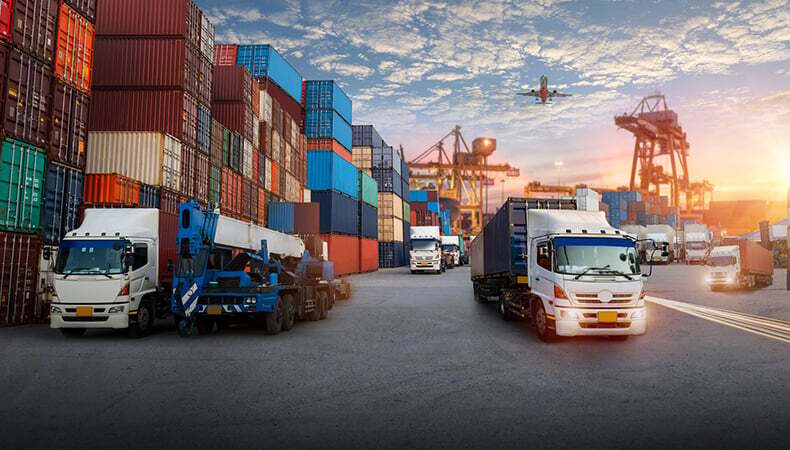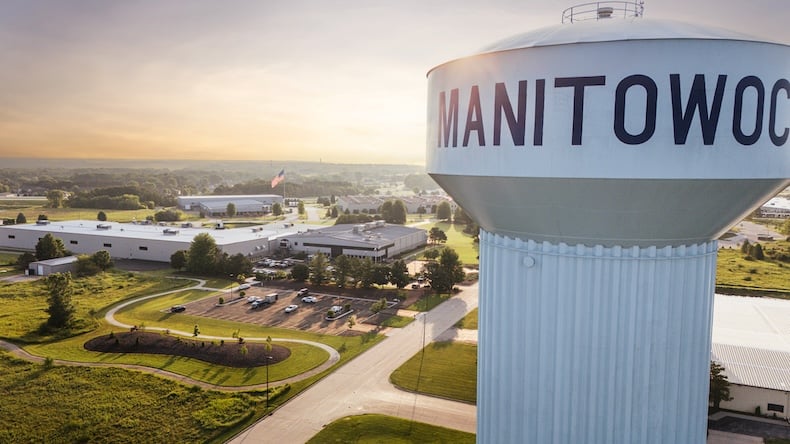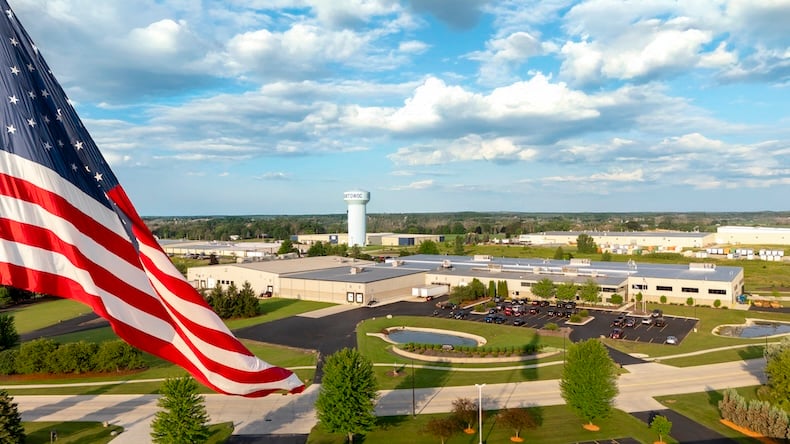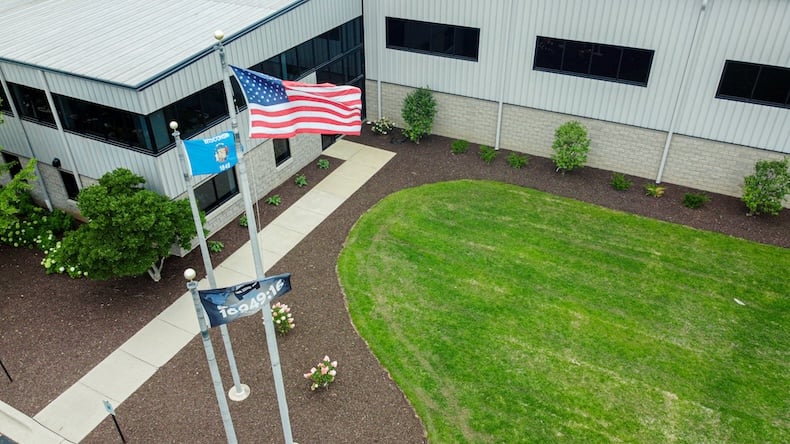Supply chain

Recent years have brought a fair share of challenges to global manufacturing and commerce. Massive supply chain disruptions found many U.S. manufacturers leveraging the benefits of reshoring to mitigate risk.
On the whole, reshoring is a solid strategy. Bringing production “closer to home” suggests a more comfortable level of control from a logistical standpoint. However, having production occur somewhere in the United States doesn’t necessarily mean a manufacturer’s domestic supply chain is less vulnerable than its global counterpart.
That’s where regionalization proves valuable.
As an umbrella strategy, regionalization involves manufacturers focusing production in the three main global geographies (sometimes referred to as global blocks), specifically North America, Europe, and the Asia-Pacific.
Production is then filtered to localized economies within these geographies. The goal is to align products and their targeted sales markets so customer demand is met.
Meeting customer expectations is undoubtedly a compelling reason for manufacturers to pursue regionalization.
Equally as attractive is how further breaking down regionalization to truly regional — even local — levels provides greater opportunities for manufacturers to improve supply chain visibility and agility.
According to recent industry survey statistics, cultivating local supplier relationships appears to be a strong preference for most industrial and B2B buyers. In the U.S., 83% of manufacturers are or have added North American suppliers to their supply chains, and 72% prioritize local suppliers.1
Given the aftermath of recent events abroad, mitigating disruption risk is a key motivator for buyers to pursue more regional and local partnerships. But, it’s not the only factor. There are several benefits manufacturers realize by shortening their supply chain:
Any manufacturer would welcome these four supply chain advantages, but it’s important to note that suppliers shouldn’t be chosen solely on geography.
Finding area or local suppliers with proven track records in quality assurance and reliability is imperative. One key metric is on-time delivery (OTD), as everything else hinges on a supplier’s delivery performance.
How injection molders were positioned to respond to the multi-level crisis of the plastics industry serves as a good example. Those with shaky OTD reputations became even less dependable and often left manufacturers to pick up the slack in managing delays and costs.
On the other hand, injection molders with demonstrated excellence in OTD could help manufacturers more easily pivot toward solutions to help solidify customer relationships and market share. As a trusted injection molding partner, Kaysun consistently maintains OTD rates averaging in excess of 90%, even in the midst of the pandemic and plastics industry upheaval.
As domestic production experiences a resurgence, U.S. manufacturers must be intentional in choosing partners that add value to their supply chains. Purposeful selection of area and local suppliers is critical in filling the need, but it takes a clear understanding of the overall supply chain to leverage the advantages.
Learn how to gain supply chain transparency around supplier network contributors, vulnerabilities, risks, and likelihood of resilience in our white paper, Supply Chain Mapping for Injection Molding Project Success. Click the button below to download this valuable resource now.
SOURCES
1 ThomasNet, Top 7 Benefits Of Local Sourcing In 2022, January 7, 2022


TL; DR: The 30-second Summary If you’re looking for custom injection molding compa…
READ MORE

TL; DR (Quick Article Summary) Why is reshoring a smart OEM supply chain strategy?…
READ MORE

Tariffs, geopolitical uncertainty, global supply chain disruptions, and shifting c…
READ MORE